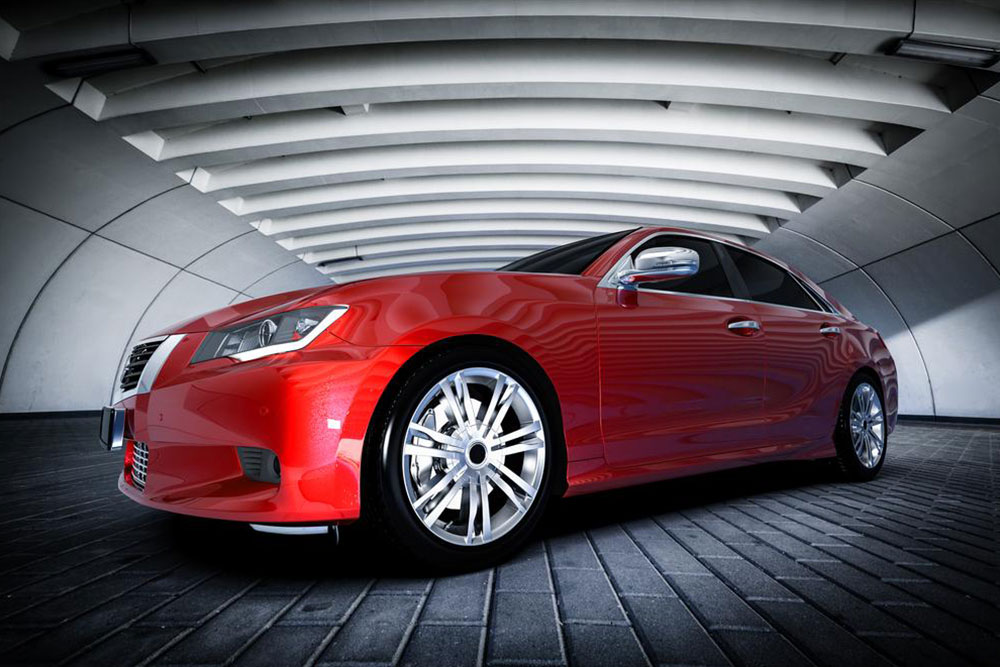Comprehensive Guide to Purchasing a Used Vehicle: Essential Tips and Insights
This comprehensive guide offers essential tips for purchasing a used vehicle, focusing on vehicle history, inspection, fluid checks, test drives, and certified pre-owned options. It aims to help buyers make informed decisions, avoid pitfalls, and secure reliable, long-lasting transportation. Whether you're a first-time buyer or upgrading, these insights ensure a smoother, more confident used car purchasing experience.

Comprehensive Guide to Purchasing a Used Vehicle: Essential Tips and Insights
Buying a used car is an increasingly popular decision among consumers seeking affordable transportation options. With the rising costs of new vehicles and a desire to save on taxes, registration fees, and depreciation, opting for a pre-owned vehicle makes financial sense. However, despite the benefits, purchasing a used vehicle requires careful research and evaluation to ensure you make a smart investment and avoid future costly repairs. This in-depth guide provides essential tips, step-by-step advice, and detailed considerations to help you navigate the used car buying process confidently and successfully.
Key Factors to Consider When Buying a Used Car
1. Obtain and Review the Vehicle’s Complete History Report
The first critical step in assessing a used vehicle is acquiring its comprehensive history report. This report is accessible via the car’s Vehicle Identification Number (VIN) or license plate number. By analyzing this data, you can uncover crucial details such as past accidents, flood or fire damage, previous ownership records, odometer accuracy, maintenance history, and any recalls issued for the vehicle. Understanding a car’s history not only informs you about its current condition but also helps you evaluate potential risks and ongoing maintenance needs. For example, a vehicle with multiple past accidents or flood damage could have underlying mechanical issues, affecting its safety and longevity.
2. Conduct a Thorough Exterior and Interior Inspection
Physically inspecting the vehicle is paramount before making any commitment. Check the exterior for signs of wear and tear such as curb rash on rims, scratches, dents, or mismatched paint which could indicate accidents or poor repairs. Examine all lights—including headlights, taillights, and turn signals—to ensure they function correctly. Inside the vehicle, verify the condition of the upholstery, dashboard, steering wheel, and seating. Test all controls, including windows, door locks, and mirrors, to confirm they operate smoothly. A detailed inspection can reveal hidden damages or signs of neglect that might not be evident during a casual glance.
3. Evaluate Fluid Levels and Engine Health
Maintaining the vehicle’s fluids is vital for its longevity and performance. Check the engine oil's color and consistency; it should be golden brown and smooth to the touch. Dark, dirty, or gritty oil may indicate neglected oil changes. Inspect the transmission fluid and brake fluid; they should not smell burnt or appear dark or milky. Coolant levels should be adequate and free of crusty deposits, which can suggest overheating issues or gasket leaks. Proper fluid levels and quality are indicators of how well the vehicle has been maintained and can prevent costly repairs down the line.
4. Execute a Professional Test Drive
Taking the car out for a test drive provides invaluable firsthand experience of its condition. Pay close attention to how the vehicle accelerates, brakes, and handles on various road types. Listen for abnormal sounds, such as clicking, whining, or grinding, which could indicate mechanical problems. Notice if the transmission shifts smoothly or if there’s hesitation. Test the brakes for responsiveness and check for vibrations or pulsations in the pedal, which can point to warped rotors or brake system issues. During the drive, also evaluate comfort, visibility, and overall driving experience to determine if the vehicle suits your needs.
5. Consider Certified Pre-Owned (CPO) Vehicles for Greater Assurance
Certified Pre-Owned cars are vehicles that have undergone extensive inspections, repairs, and reconditioning by the manufacturer or authorized dealers. They often come with manufacturer-backed warranties, providing extra peace of mind. These vehicles are typically leased or driven by staff, ensuring they have been maintained according to high standards. Opting for a CPO vehicle reduces the risk of hidden defects and assures quality, making it an excellent choice for first-time buyers or those seeking reliability without the premium price tag of a new car.
In summary, buying a used vehicle involves thorough research and evaluation. From obtaining comprehensive history reports to performing detailed inspections and test drives, each step is essential to ensure you make a sound investment. By considering certified pre-owned options and seeking professional advice when necessary, you can maximize value and confidence in your purchase. Remember, patience and due diligence are your best tools in finding a reliable used car that fits your budget and lifestyle.
Adhering to these tips can help you avoid common pitfalls and ensure you drive away with a vehicle that offers safety, reliability, and value for years to come. Whether you’re buying your first used car or upgrading your current vehicle, following this comprehensive guide will make the process smoother and more rewarding.





